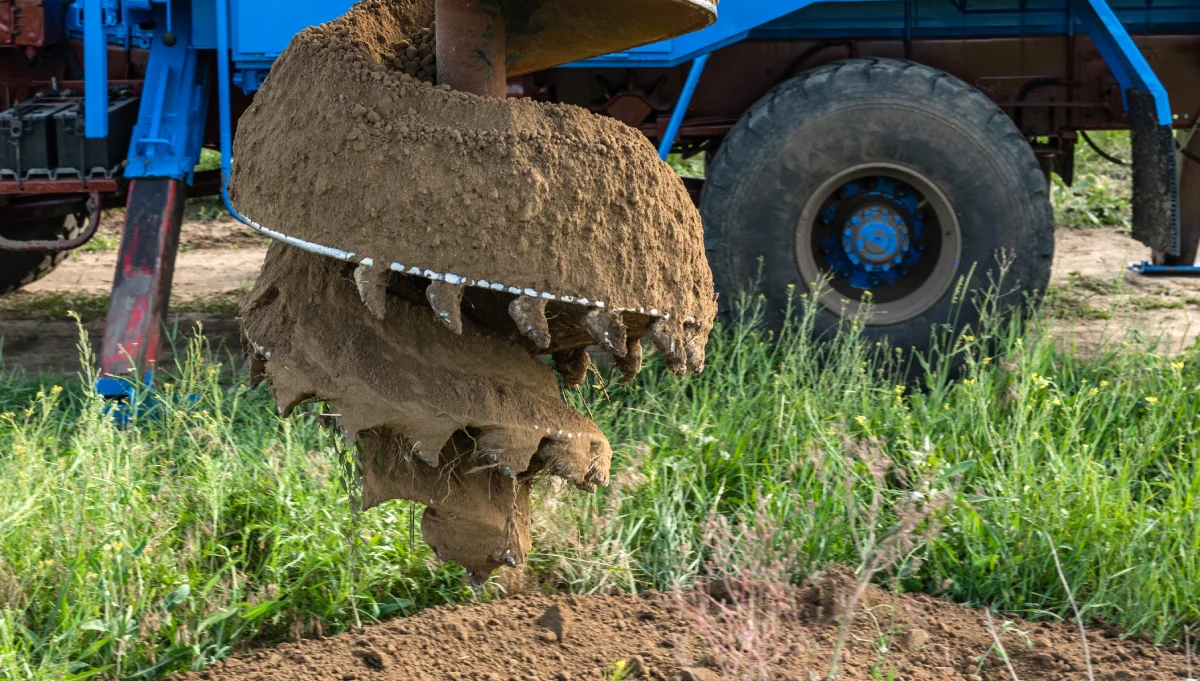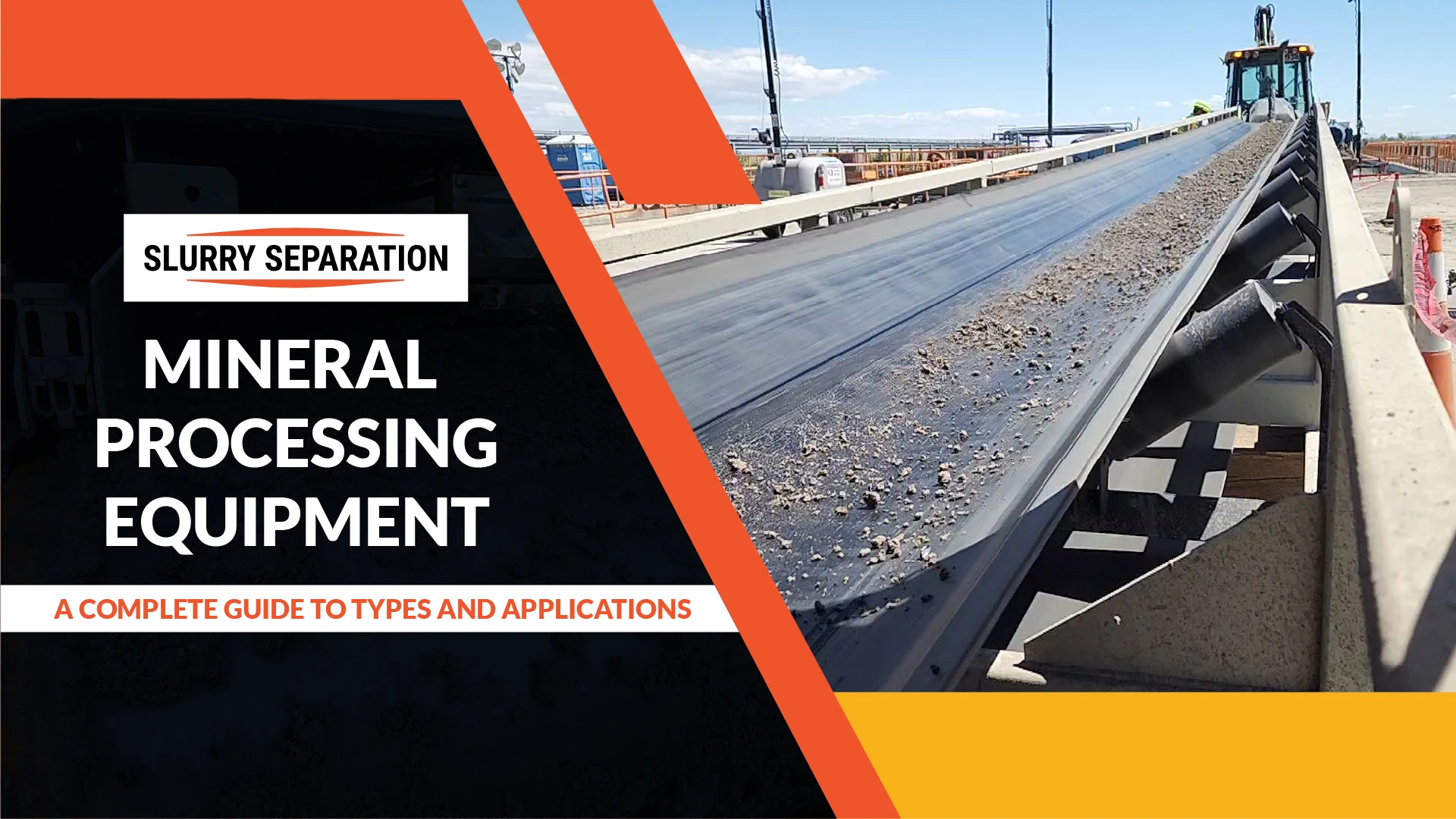Choosing the correct drilling fluid type is one of the most critical decisions in planning and executing an oil drilling project. Drilling fluid, also known as drilling mud, serves multiple essential functions during drilling operations, including lubricating the drill bit, carrying cuttings to the surface, maintaining wellbore stability, and controlling formation pressures. It’s critical in these operations and is typically recycled and reused with the help of a shale shaker. This technical description explores why selecting the right drilling mud type is paramount for the success and efficiency of oil drilling projects.
1. Formation Stability and Wellbore Integrity
One of the primary functions of drilling fluid is to maintain wellbore stability by exerting hydrostatic pressure on the formation walls. The correct type must be selected to match the specific lithology and pore pressure conditions encountered in the wellbore. Improper fluid selection can lead to formation damage, including borehole instability, fluid invasion, and lost circulation, jeopardizing the integrity of the wellbore and hindering drilling progress.
2. Hydraulic Efficiency and Cuttings Transport
Drilling fluid acts as a hydraulic medium to carry drilled cuttings from the bottom of the well to the surface, where they can be separated and removed from the fluid. The rheological properties of the fluid, such as viscosity, yield point, and gel strength, significantly influence its hydraulic efficiency and cuttings transport capability. Choosing the correct fluid type ensures optimal hydraulic performance, facilitating efficient cuttings removal and preventing blockages or fluid circulation problems downhole.
3. Lubrication and Cooling of Drill Bit
Another crucial function of drilling fluid is to provide lubrication and cooling to the drill bit and the bottom hole assembly (BHA) during drilling operations. The correct fluid type should possess adequate lubricity and thermal stability to reduce friction and heat generation at the drill bit-rock interface. Insufficient lubrication can lead to increased torque and drag, decreased drilling efficiency, and premature wear of drilling equipment, necessitating costly downtime and maintenance.
4. Formation Damage Prevention and Fluid Compatibility
Selecting the appropriate drilling mud type is essential for preventing formation damage and maintaining reservoir productivity. Certain fluids, such as oil-based muds or water-based muds with specific additives, may interact with the formation minerals or hydrocarbons, leading to permeability impairment or fines migration. The correct fluid type should be chemically compatible with the formation fluids and rock matrix to minimize damage and preserve reservoir quality.
5. Pressure Control and Well Control Operations
Drilling fluid plays a crucial role in pressure control and well control operations, particularly in challenging drilling environments characterized by high pore pressures, abnormal formation pressures, or gas influxes. The correct fluid type must be capable of controlling formation pressures, preventing blowouts, and ensuring safe drilling operations. Various fluid properties, such as density, viscosity, and filtration control, are tailored to maintain well control and mitigate drilling hazards effectively.
6. Environmental Considerations and Regulatory Compliance
Environmental considerations and regulatory compliance are increasingly significant factors in the selection of drilling fluid types for oil drilling projects. Environmentally friendly drilling muds, such as water-based muds or synthetic-based muds, are preferred over oil-based muds due to their lower environmental impact and regulatory acceptance. Choosing the correct type aligns with sustainability goals, reduces environmental risks, and ensures compliance with applicable regulations.
7. Cost Efficiency and Project Economics
Ultimately, selecting the correct drilling fluid type is essential for achieving cost efficiency and optimizing project economics in oil drilling operations. The cost of fluid materials, additives, disposal, and waste management significantly impacts project budgets and overall profitability. By choosing the most suitable drilling fluid type based on formation characteristics, drilling objectives, and operational constraints, operators can minimize costs, maximize drilling performance, and enhance project economics.
Drilling Fluid Matters!
Choosing the correct drilling fluid type is paramount for the success, efficiency, and safety of oil drilling projects. The selected fluid type should address specific formation challenges, maintain wellbore stability, facilitate cuttings transport, provide adequate lubrication and cooling, prevent formation damage, ensure pressure control, comply with environmental regulations, and optimize project economics. By carefully evaluating formation conditions, operational requirements, and environmental considerations, oil drilling operators can make informed decisions regarding drilling fluid selection, ultimately contributing to the success and profitability of their projects.




